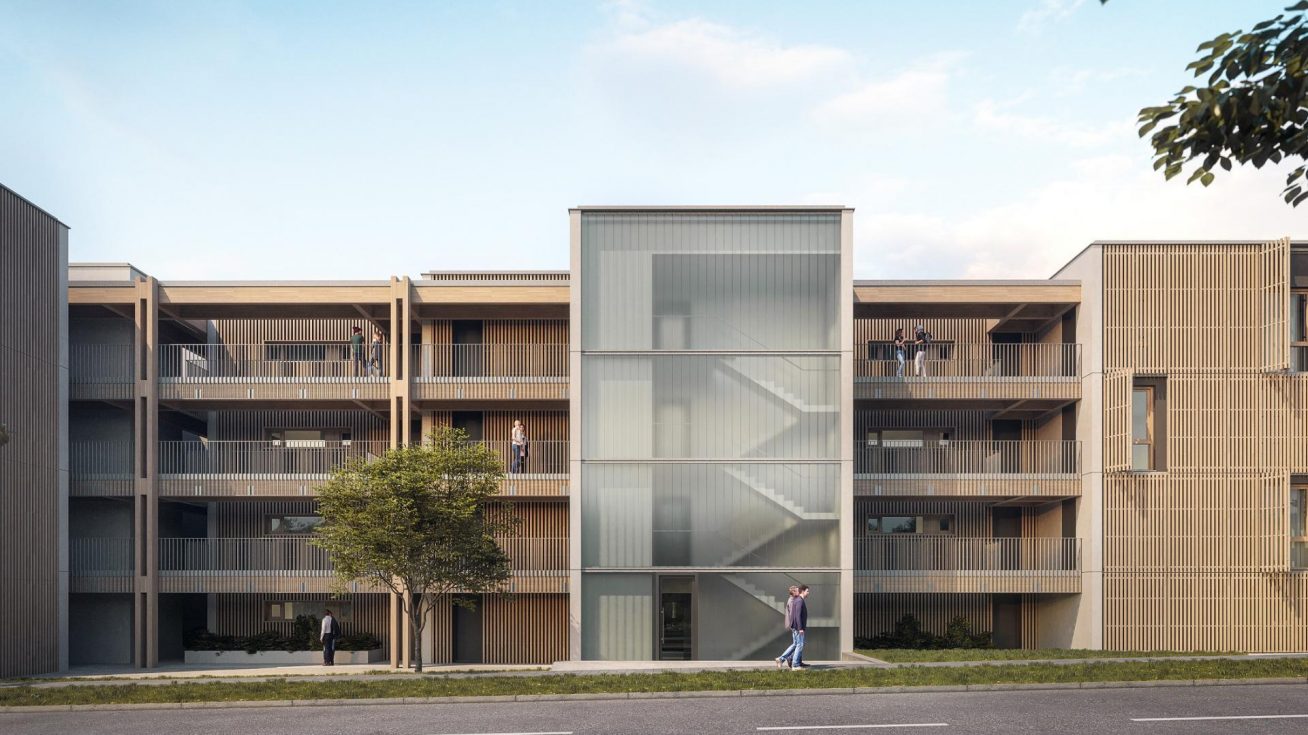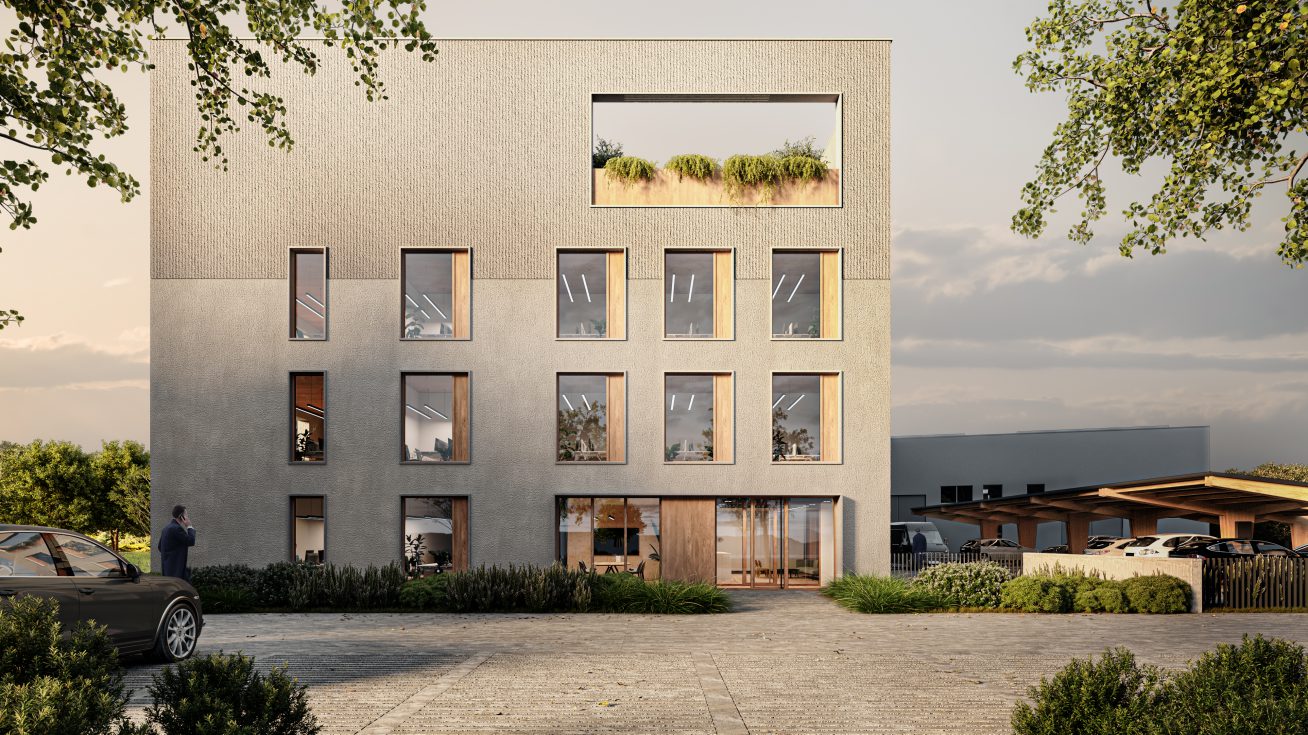Short lifetime
Expert sources agree that timber buildings have the same service life as buildings constructed with other materials (brick, concrete, stone). It always depends on the quality of the construction and the technical care (humidity, temperature). With proper handling, there is no risk of fungi or insects attacking the wood. Historic wooden buildings, such as the Japanese temple, are proof of their durability. Horyu-ji dates back to the beginning of the 7th century. century. One of the oldest wooden buildings not only in the Czech Republic but also in the whole Central European region is the Church of Our Lady in Broumov from the second half of the 15th century. century.













